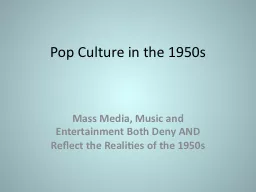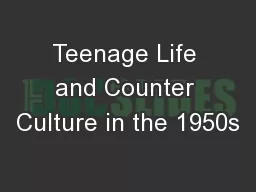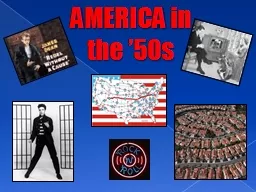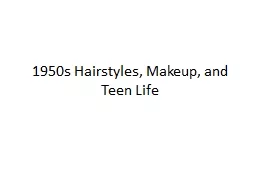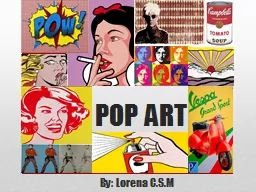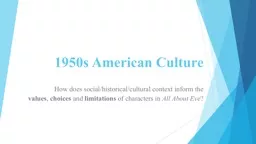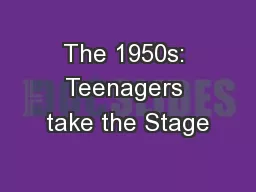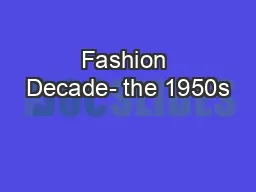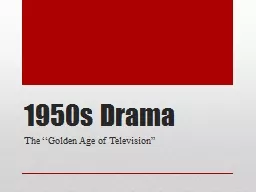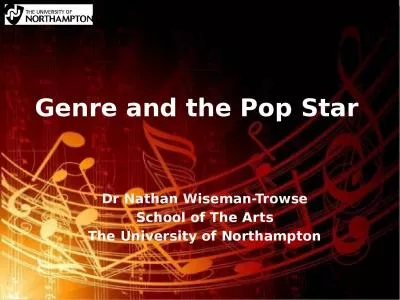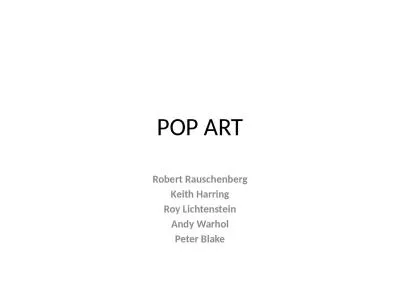PPT-Pop Culture in the 1950s
Author : conchita-marotz | Published Date : 2017-09-25
Mass Media Music and Entertainment Both Deny AND Reflect the Realities of the 1950s Mass Media Emerges A new era of mass media led by television emerged in the 1950s
Presentation Embed Code
Download Presentation
Download Presentation The PPT/PDF document "Pop Culture in the 1950s" is the property of its rightful owner. Permission is granted to download and print the materials on this website for personal, non-commercial use only, and to display it on your personal computer provided you do not modify the materials and that you retain all copyright notices contained in the materials. By downloading content from our website, you accept the terms of this agreement.
Pop Culture in the 1950s: Transcript
Download Rules Of Document
"Pop Culture in the 1950s"The content belongs to its owner. You may download and print it for personal use, without modification, and keep all copyright notices. By downloading, you agree to these terms.
Related Documents

